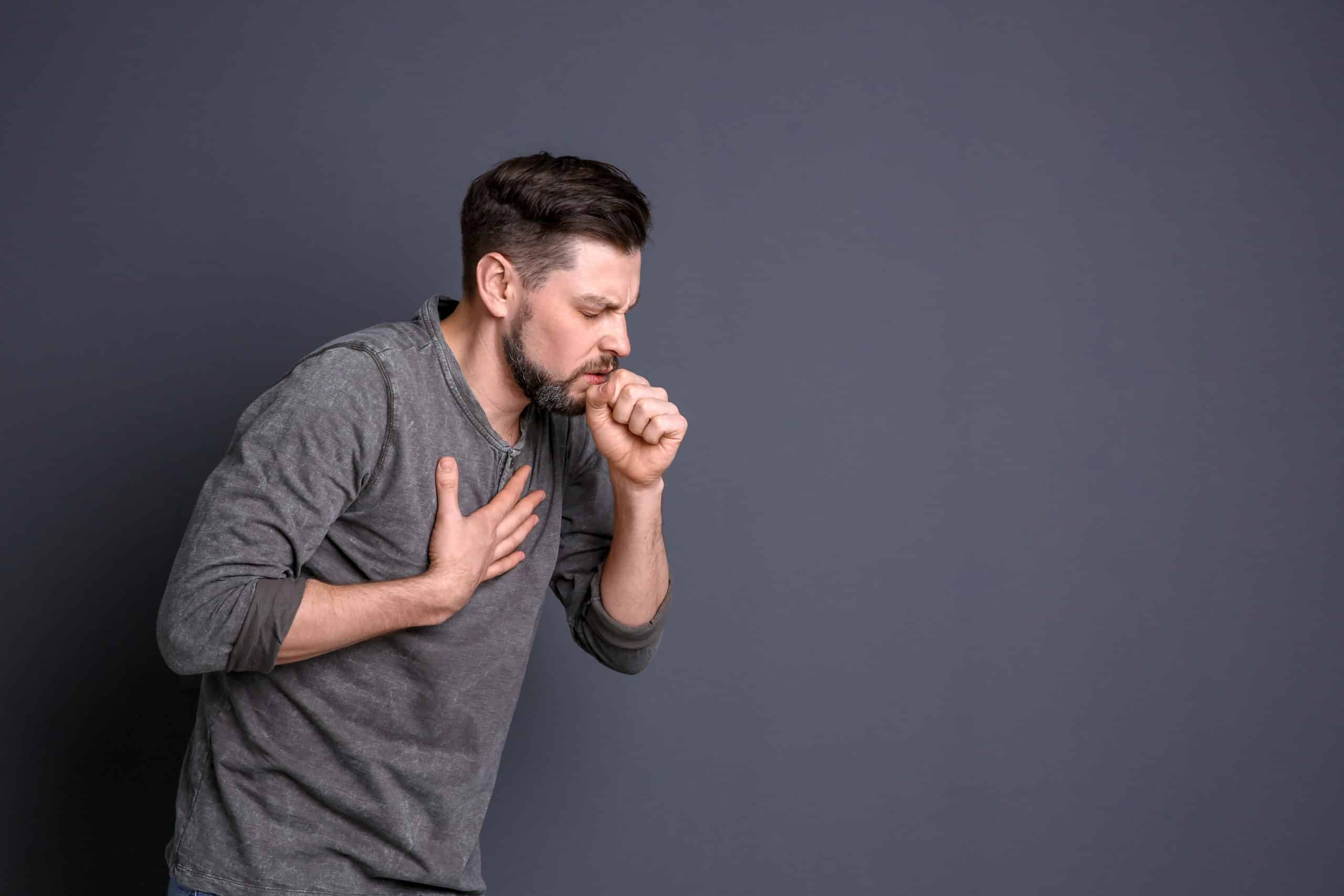An MIT scientist has said that COVID-19 can travel up to 8 metres from exhalation and linger in air for hours
The current social distancing guidelines provided by WHO, that say we should keep 2 metres away from each other, may not be good enough to stop the spread of the coronavirus, according to research that says the gas cloud from a cough or sneeze may help virus particles travel up to 8 metres.
MIT associate professor and the author of this new study, Lydia Bourouiba, warned that virus particles of all sizes can travel up to 7-8 metres (23 to 27 feet), carrying COVID-19.
According to Bourouiba, the current social distancing guidelines are based on assumptions of droplet size, are “overly simplified”, and “may limit the effectiveness of the proposed interventions” against COVID-19.
The MIT scientist said that sneezes and coughs are made of a cloud that carries ambient air, moving within it many particles or droplets of a wide range of sizes.
Bourouiba warned that these sneeze and coughs clouds, can offer the droplets moisture and warmth that can prevent them from evaporating in the outer environment.
“The locally moist and warm atmosphere within the turbulent gas cloud allows the contained droplets to evade evaporation for much longer than occurs with isolated droplets,” she said.
“Under these conditions, the lifetime of a droplet could be considerably extended by a factor of up to 1000, from a fraction of a second to minutes,” the researcher explained in the study.”
Bourouiba, who has years of experience in researching the dynamics of coughs and sneezes, has also mentioned that these droplets settle on and contaminate surfaces, and they stay suspended in the air for hours.
“Even when maximum containment policies were enforced, the rapid international spread of COVID-19 suggests that using arbitrary droplet size cutoffs may not accurately reflect what actually occurs with respiratory emissions, possibly contributing to the ineffectiveness of some procedures used to limit the spread of respiratory disease,” Bourouiba wrote in the study.
